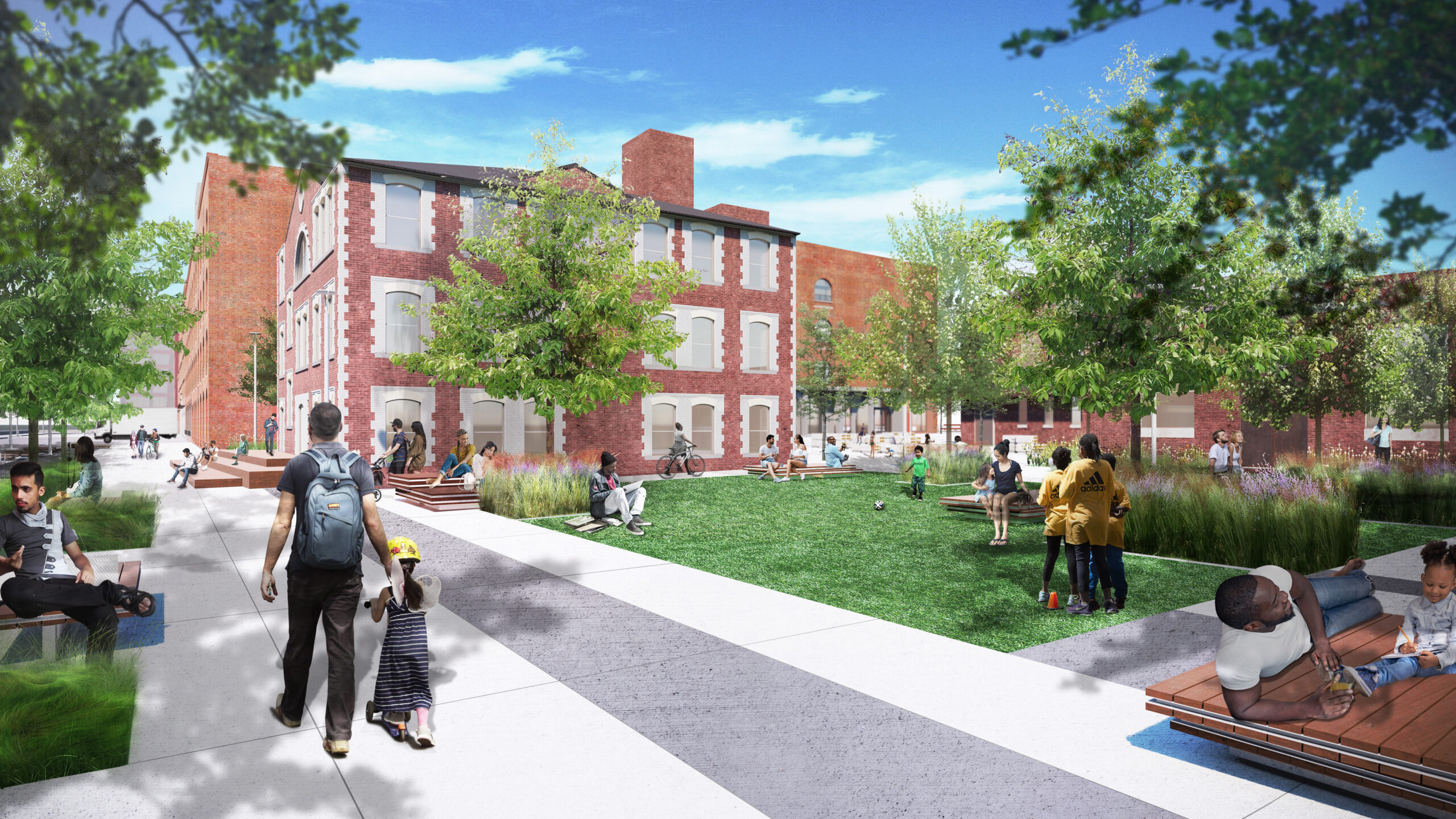Made in NYCampus designs revealed, slated to open in spring 2021

Photos courtesy of NYCEDC
SUNSET PARK — It’s finally taking shape.
On Thursday Nov. 21, the New York City Economic Development Corporation (NYCEDC) released the designs for the garment manufacturing hub and public realm components of the new Made in NY Campus at Bush Terminal in Sunset Park.
According to NYCEDC, the campus, which is slated to open its doors in spring 2021, will provide affordable industrial facilities for garment manufacturing, film and media production, and related services and industries.